Just ten minutes into Slay the Spire and I knew this was the game for me. It had all the great beats of a fun deck building game (i.e the board game Dominion or arena mode in Hearthstone). It had the same risk versus reward, do I or don’t I, take a chance or lose it all design of roguelikes that I have collectively sunk thousands of hours into. Most important, it was immediately fun.
Slay the Spire is a deck building roguelike card game that challenges you to ascend the eponymous spire. All the while, you battle monsters, take chances on mystery rooms, earn relics that can alter how you play, and find or upgrade cards. This isn’t a new Hearthstone where you battle other people. Instead, it is more like a Dungeons & Dragons version of Solitaire and, like most roguelikes, when you lose, you get to start all over again with a fresh deck of cards.
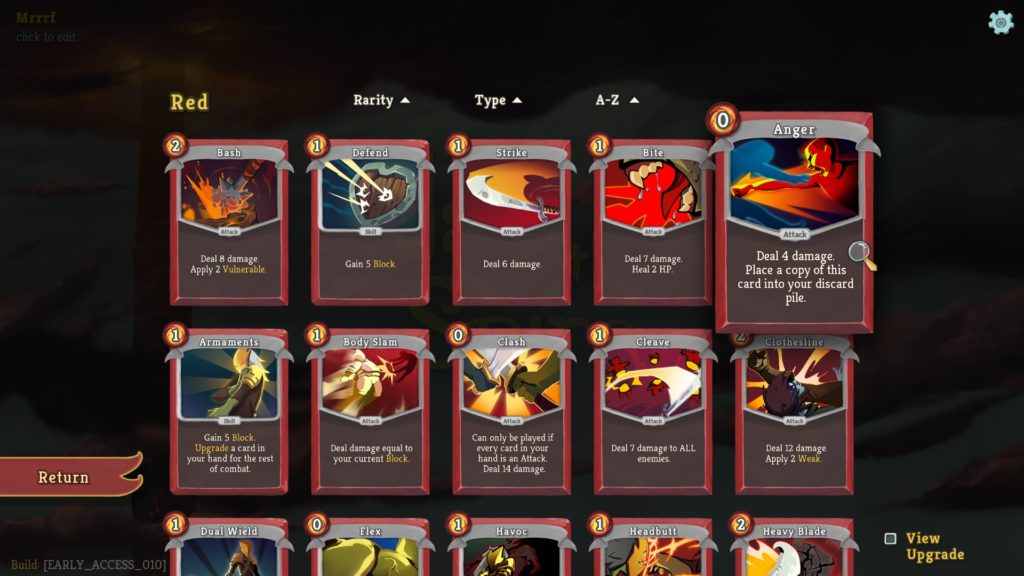
Cards come in three main varieties: Power, Attack, and Skill. Once played, Power cards have effects that persist throughout the rest of combat. Think of buffs in your everyday RPG that give bonuses to attack damage. Attack cards do damage to the enemy or enemies, who have a health pool like yourself that needs to be whittled down to earn victory. Finally, Skill cards cover a wide variety of non-damaging cards, from Defense to straight debuffs of the enemy or cards that allow you to draw a card into your hand, discard a card out of your hand, or trash (in this case, ‘exhaust’) a card from your deck for the rest of the combat encounter.
There are also two other types of cards – namely, Status and Curse – which have negative effects and tend to be the kinds of things you want out of your deck as soon as possible.
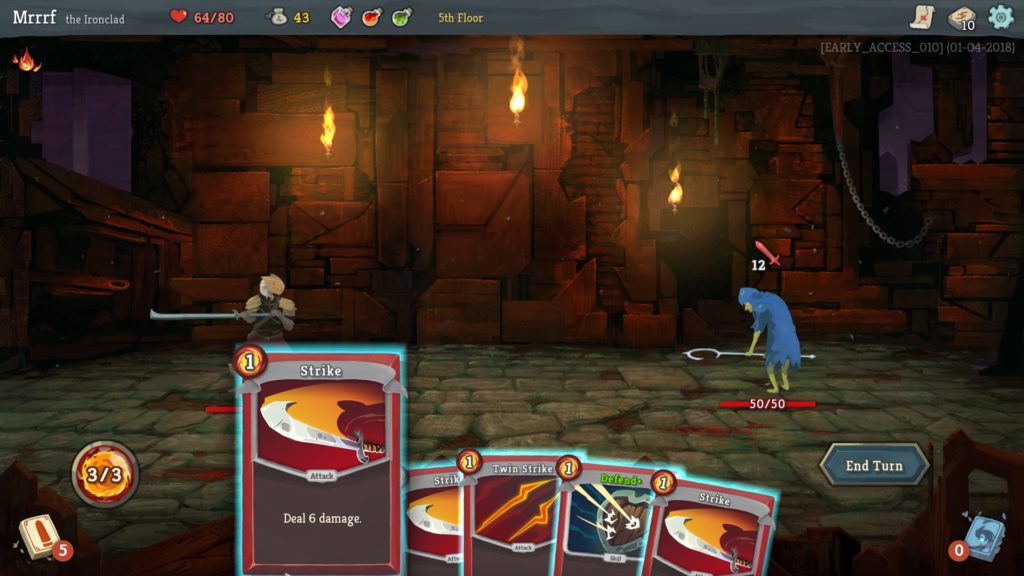
Combat comes down to drawing a hand and playing cards. Each card has a different cost (typically ranging from zero to three). You begin the game with three of the game’s equivalent to mana in card games like Hearthstone or Magic the Gathering. There are certain relics (powerful items you can buy, find, or earn from challenging encounters) that may increase this number, but they often come with a downside.
During combat, you are allowed to see the intent of the enemy, so whether you should play offensive cards or defensive cards is less about guessing and more about understanding that intent. If the enemy intends to attack, you will see an attack icon over their head with the exact amount of damage. This way, what you play is entirely about strategy, and random is left up to which cards you draw and how you progress up the spire.

Even in early access, Slay the Spire already has a nice variety of enemies, mini-bosses, and bosses. All of them feature unique mechanics, so your first attempts to beat all three levels of the game will likely end when you encounter a new enemy or boss that you aren’t familiar with or weren’t prepared for. For example, one of the mini-bosses hits hard, but he also uses an ability called enrage which increases his damage every time you use a Skill card. Unfortunately, most of your defense comes from skill cards, so play too conservatively and he will quickly overwhelm you with his brute strength.
Defeating enemies rewards gold and the chance to pick from one of three cards. While there are some universal cards, the cards you can choose from are unique to the class you picked at the beginning of the game. As of writing, there are only two available. There is the fighter-esque ‘The Ironclad’ whose cards are more straightforward and the rogue-like ‘The Silent’ whose cards focus more on debuffs and poisons. Both are fun and the fact that they each get different cards significantly increases the games replay value. Whether you live or die, your success in the spire goes toward unlocking.

Navigating the spire involves picking different pathways on a randomly generated map. You can see where the entire path will lead ahead of time, so depending on which types of rooms you would prefer, you can pick the optimal path for your current situation. Elite enemies are marked differently on the map than regular enemies, but there are mystery rooms that can range from regular encounters, to a merchant, to a chest, or to a wide variety of other random events.
Even after sinking over 40 hours into Slay the Spire and unlocking all of the extra cards and relics for each of the two classes, I keep playing. It hits that sweet spot between being just casual enough to pick up and play, while also being deep enough and challenging enough that I never feel like I should being playing a more interesting game.
Slay the Spire has only been in Early Access on Steam since November 2017, but Mega Crit Games has already created an indie game worth playing now. With at least one more class to be added later, this game has the depth, replayability, and challenge to be one of your favorites. I know it is already one of mine and I cannot wait to see it grow even more.



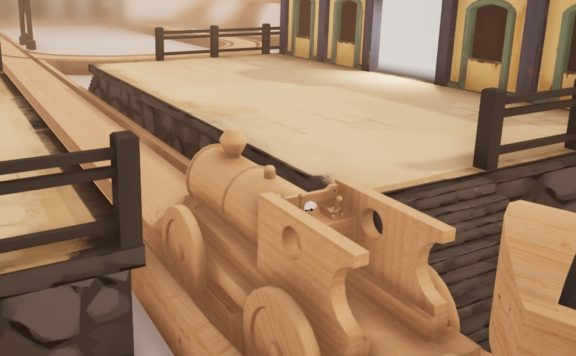

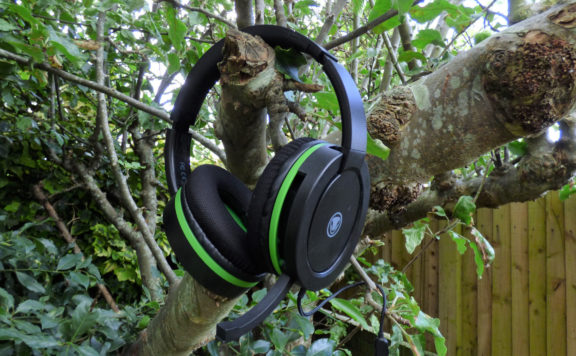

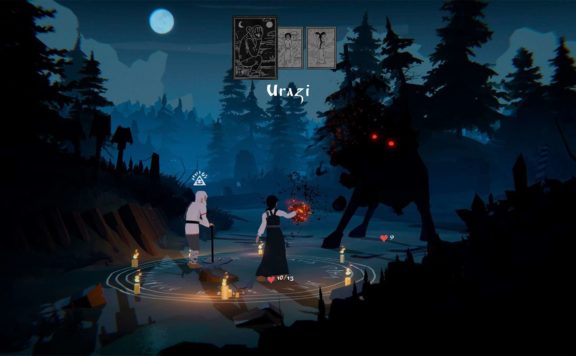
Elvoc
I’m really enjoying this game and it only gets better with each update..One of the few EA games I play on a regular basis.
William Murphy
It’s definitely one I’m looking into now.